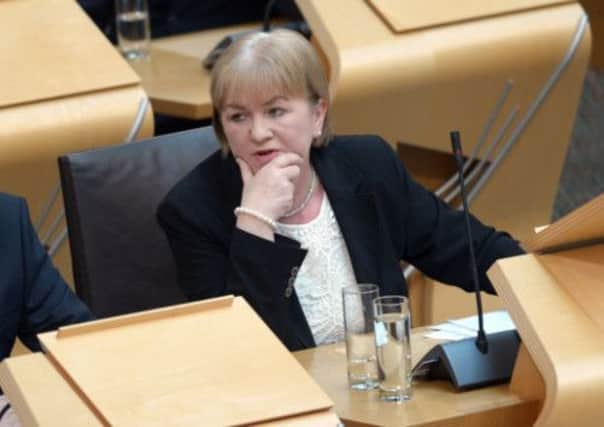Scott Macnab: Labour’s fate post-2014 unclear


Despite an encouraging performance in the last year’s local elections, where it comfortably held on to Glasgow and took three other councils, the party was still left playing second fiddle to the Nationalists, who once again took more votes and seats across the country.
And as the independence debate unfolds, Labour now finds itself entrenched in the Better Together campaign for a No vote in next year’s referendum, in cahoots with the Tory and Liberal Democrat Westminster coalition partners. Current polls indicate this is working well with Scotland’s place in the Union next September looking increasingly assured. But former Labour first minister Henry McLeish warned in this newspaper yesterday that “Tory extremism” driving the agenda at Westminster could yet turn a majority of Scots to vote for independence.
Advertisement
Hide AdAdvertisement
Hide AdAnd how will Scots judge a party once seen as the champion of working men and women, which seems so quick to enter into a marriage of convince with an ideological nemesis to so many Scots and with the sole purpose of containing Alex Salmond, who has with the SNP, established the natural party of government in post-devolution Scotland?
The need for a co-ordinated, professional approach from Better Together is clear enough given the formidable success of the Nationalist’s election machine in recent years, which the No side is effectively up against.
But at what cost for Labour? The party must surely use the year ahead to set out its vision for the kind of society it wants to mould and present a positive reason for staying in the Union. The future shape of modern Scotland that it wants to build is surely every bit as important as the result in 2014, whether that be a different approach to universal free services or criminal justice or corporation tax on big firms.
Lamont has surprised everyone with the success she has enjoyed over Salmond in their weekly jousts at First Minister’s Questions at Holyrood. But party strategists admit these jousts have a limited reach to ordinary Scots.
The independence debate, of course, dominates the political agenda now and the polls – with their overwhelming support for the Union – must make happy reading for the pro-Union side.
But, perhaps a better barometer for Labour should be the latest Holyrood polling, which shows that, despite six years in government, the SNP still enjoys remarkable double-digit leads over Labour, while Salmond himself is far and away the most popular leader.
This is the real dilemma for Labour in the year ahead. To secure a Scotland’s place in UK along with its awkward bedfellows in Better Together, but show that it, and not Salmond’s SNP, can again become the natural party in touch with the values of ordinary Scots.